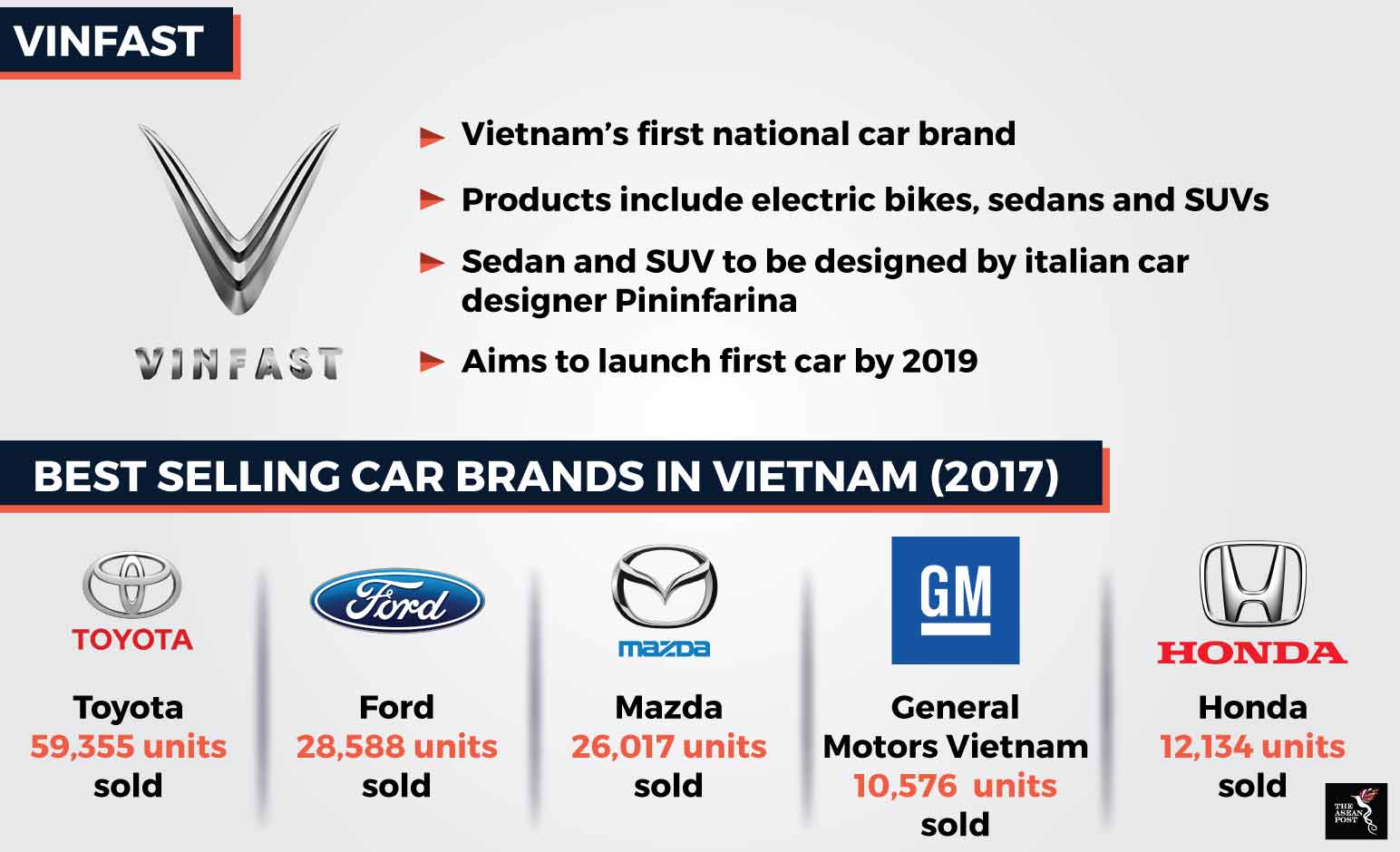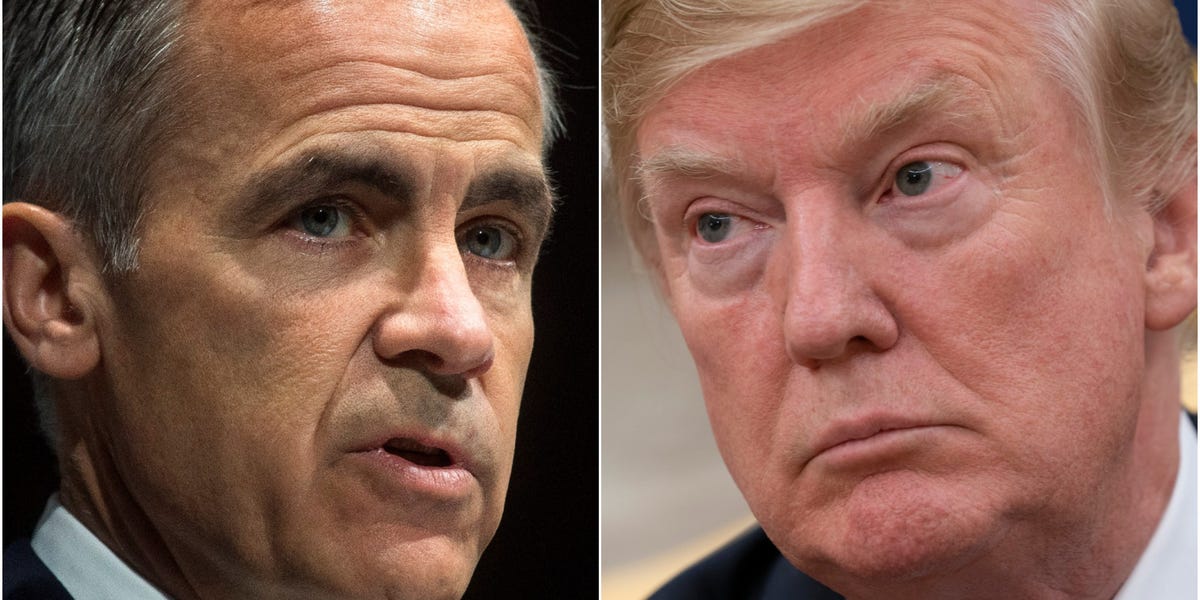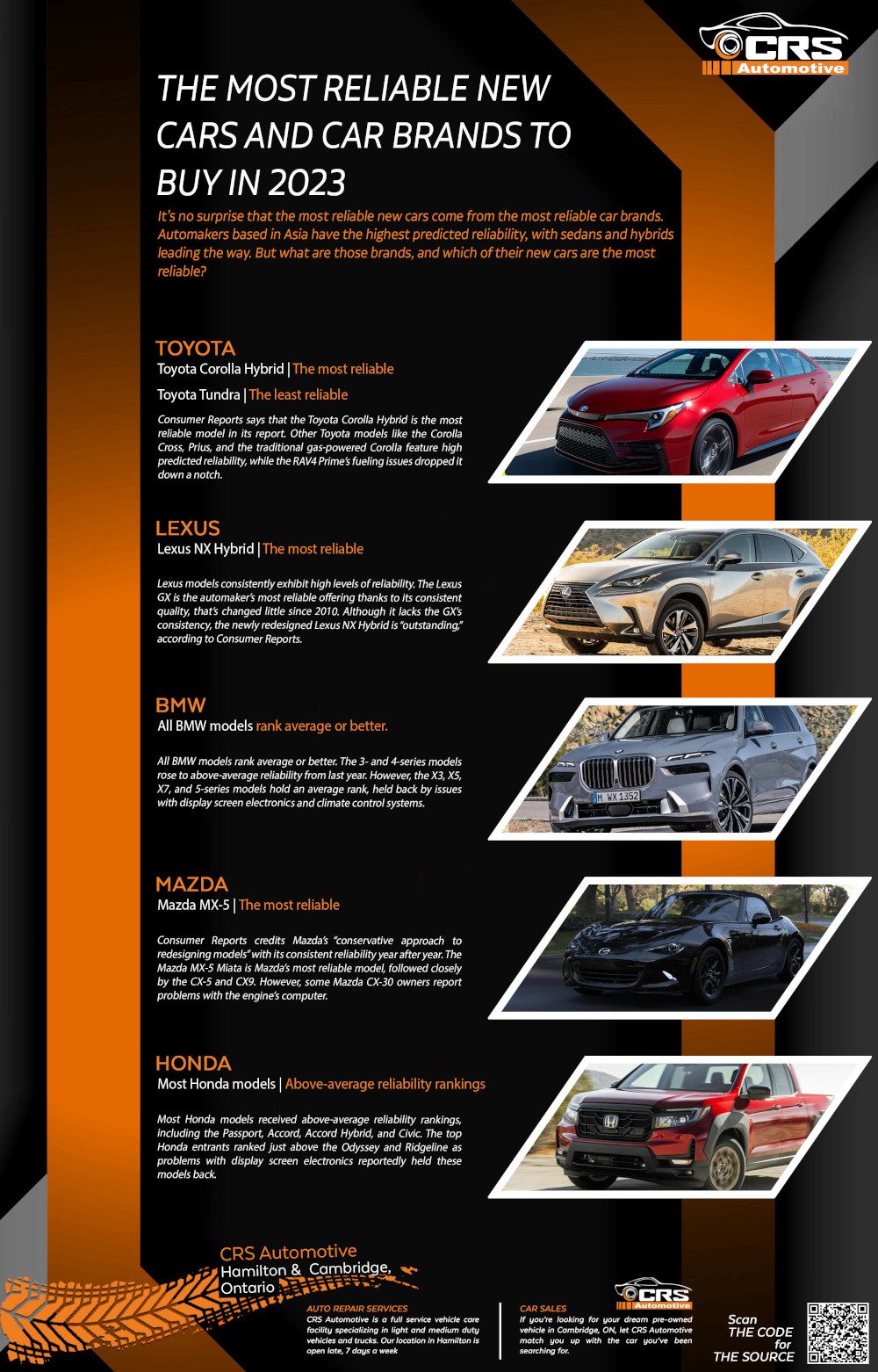The Challenges Of China's Automotive Market: A Look At BMW, Porsche, And Others

Table of Contents
China's automotive market, the world's largest, presents a paradox: immense potential alongside significant hurdles. For international giants like BMW and Porsche, success in this dynamic landscape requires navigating a complex web of challenges. This article delves into the key obstacles impacting market entry, growth, and long-term success in China's fiercely competitive automotive sector, exploring the difficulties faced by luxury car manufacturers and others. We will analyze the key factors impacting foreign investment and the strategies needed to thrive in this rapidly evolving market.
Intense Domestic Competition
The rise of powerful domestic automotive brands represents a significant challenge to established international players in China's automotive market. Companies like Geely, BYD, and Nio are not only fiercely competitive but are also rapidly innovating, capturing significant market share, and cultivating strong brand loyalty amongst Chinese consumers. This intense competition manifests in several key ways:
- Aggressive Pricing Strategies: Domestic brands frequently employ aggressive pricing strategies, often undercutting international competitors to gain market share. This price war puts pressure on the profit margins of established players.
- Rapid Innovation in EV Technology: Chinese domestic manufacturers are at the forefront of electric vehicle (EV) technology, frequently launching innovative models with advanced features at competitive prices. This rapid pace of technological advancement necessitates continuous investment and innovation from international brands to remain competitive.
- Increasing Consumer Preference for Domestically Produced Vehicles: A growing number of Chinese consumers express a preference for domestically produced vehicles, driven by factors such as patriotism, price competitiveness, and a perception of better understanding of local needs.
- Differentiation is Key: International brands must differentiate themselves through unique value propositions, focusing on areas such as superior brand reputation, advanced technology features, and exceptional customer service to stand out from the competition. This requires a deep understanding of Chinese consumer preferences.
Stringent Government Regulations and Policies
Navigating China's regulatory landscape is a significant challenge for foreign automakers. The government imposes stringent regulations across various aspects of the automotive industry, requiring significant investment and adaptation to comply. These regulations include:
- Emission Standards and NEV Credits: China's increasingly stringent emission standards, including the New Energy Vehicle (NEV) credit system, place significant pressure on manufacturers to produce and sell more electric and hybrid vehicles. Failure to meet these targets can result in penalties.
- Rigorous Safety Standards: Meeting China's rigorous safety standards for vehicle certification is crucial for market access. The testing and certification processes are extensive and require significant investment.
- Local Content Requirements: The government mandates specific levels of local content in the manufacturing and sourcing of automotive components. This necessitates establishing local partnerships and supply chains, adding complexity to operations.
- Evolving Policies: The regulatory environment is constantly evolving, requiring foreign automakers to remain informed and adapt their strategies to comply with new rules and regulations. This necessitates continuous monitoring of policy changes and proactive engagement with government authorities.
Shifting Consumer Preferences and Demand
Understanding and adapting to the dynamic evolution of Chinese consumer preferences is vital for success in the automotive market. Demand is rapidly shifting, with several key trends shaping the landscape:
- Electric Vehicle (EV) Boom: The popularity of electric and hybrid vehicles is surging, driven by government incentives, environmental concerns, and technological advancements. Foreign brands need to invest heavily in EV technology and offer competitive models.
- SUV Dominance: SUVs and crossovers continue to gain popularity, representing a significant portion of the market. Manufacturers need to offer a strong range of SUVs tailored to Chinese consumer preferences.
- Tech-Savvy Consumers: Chinese consumers increasingly demand vehicles equipped with advanced technology features, including sophisticated infotainment systems, driver-assistance systems, and connected car technologies.
- Brand Image and Social Status: Brand image and social status remain important factors influencing purchase decisions. Luxury car brands must effectively communicate their brand values and appeal to the aspirations of Chinese consumers.
Establishing Effective Distribution and Sales Networks
Establishing a robust and efficient distribution and sales network across China's vast and diverse geography presents a unique set of challenges. Building strong relationships with dealerships and providing exceptional after-sales service is crucial for achieving customer satisfaction and building brand loyalty. This involves:
- Dealership Network Development: Navigating the complexities of setting up dealerships across diverse regions, each with its own unique market characteristics, is a significant undertaking.
- Targeted Marketing and Sales Strategies: Developing effective marketing and sales strategies tailored to the specific needs and preferences of the Chinese market is essential. This requires a deep understanding of local consumer behavior.
- High-Quality After-Sales Service: Ensuring high-quality after-sales service and parts availability is critical for building customer trust and loyalty. This involves investing in a robust service network and supply chain.
- Optimized Logistics and Supply Chain: Optimizing logistics and supply chain management is crucial for ensuring timely delivery of vehicles and parts across the vast Chinese market. Efficient logistics are essential for cost control and customer satisfaction.
Conclusion
The challenges of China's automotive market are substantial, demanding strategic adaptation from international brands like BMW and Porsche. Intense domestic competition, stringent regulations, evolving consumer preferences, and the necessity of building an effective distribution network all require considerable investment, expertise, and agility. Understanding these complexities is crucial for navigating this dynamic landscape and achieving sustainable growth in the world's largest automotive market. To further enhance your understanding of these critical challenges and opportunities, continue your research into the intricacies of China's automotive market.

Featured Posts
-
 The Australian Election And Its Impact On Asset Prices
May 06, 2025
The Australian Election And Its Impact On Asset Prices
May 06, 2025 -
 Cusmas Fate Carneys Crucial Talks With Trump
May 06, 2025
Cusmas Fate Carneys Crucial Talks With Trump
May 06, 2025 -
 Patrik Shvartsenegger I Ebbi Chempion Fotosessiya Dlya Kim Kardashyan
May 06, 2025
Patrik Shvartsenegger I Ebbi Chempion Fotosessiya Dlya Kim Kardashyan
May 06, 2025 -
 Romania Presidential Runoff What To Expect
May 06, 2025
Romania Presidential Runoff What To Expect
May 06, 2025 -
 Affordable And Reliable Top Cheap Product Recommendations
May 06, 2025
Affordable And Reliable Top Cheap Product Recommendations
May 06, 2025
Latest Posts
-
 Hollywood Walk Of Fame Welcomes Mindy Kaling
May 06, 2025
Hollywood Walk Of Fame Welcomes Mindy Kaling
May 06, 2025 -
 B J Novak Comments On His Friendship With Mindy Kaling Amidst Dating Rumors
May 06, 2025
B J Novak Comments On His Friendship With Mindy Kaling Amidst Dating Rumors
May 06, 2025 -
 Celtics Vs Heat February 10 Game Time Tv Broadcast And Live Stream
May 06, 2025
Celtics Vs Heat February 10 Game Time Tv Broadcast And Live Stream
May 06, 2025 -
 Eastern Conference Semifinals Celtics Game Schedule And Predictions
May 06, 2025
Eastern Conference Semifinals Celtics Game Schedule And Predictions
May 06, 2025 -
 Celtics Playoffs 2024 Eastern Conference Semifinals Start Time
May 06, 2025
Celtics Playoffs 2024 Eastern Conference Semifinals Start Time
May 06, 2025
